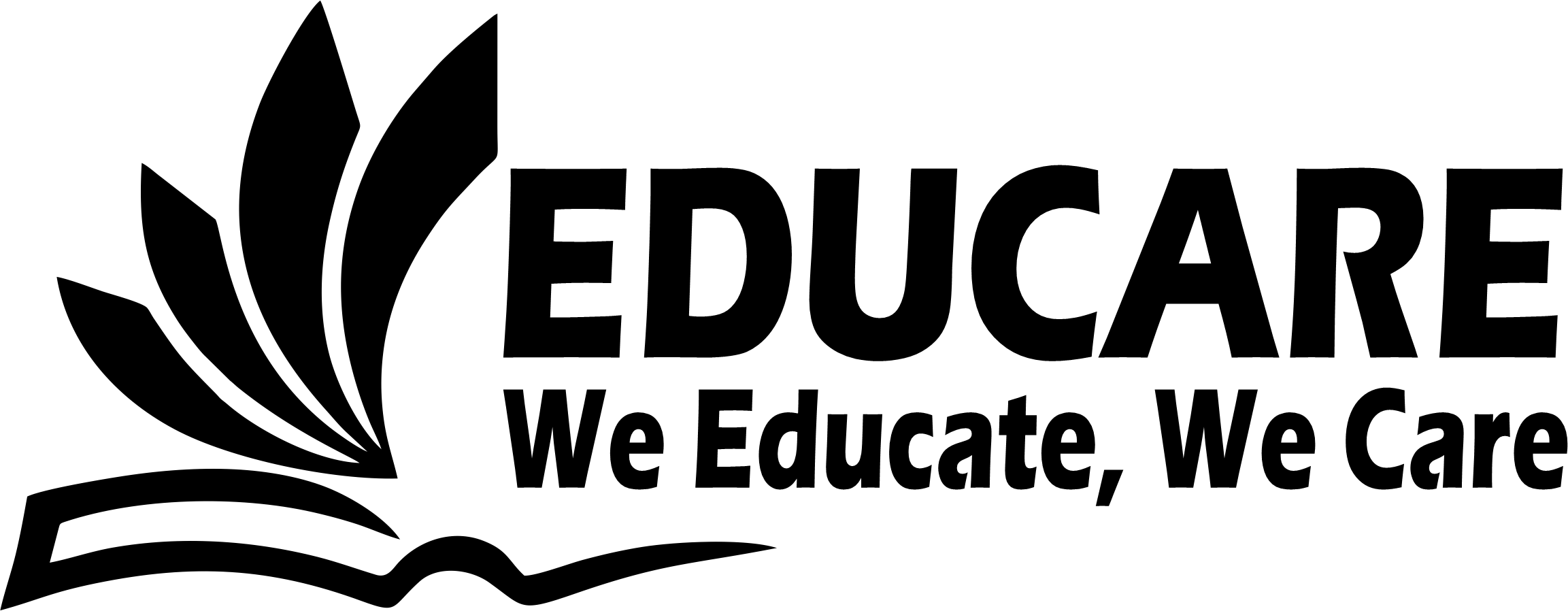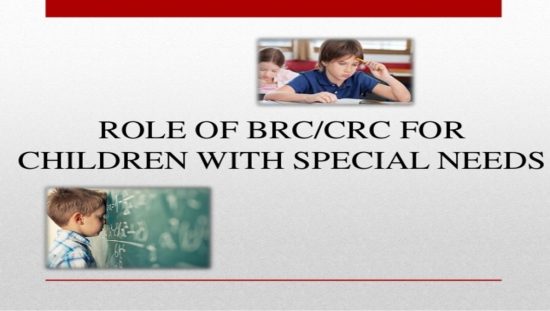Understanding Inclusion
Inclusion is based on the belief that students of all abilities have the right to an education that is meaningful, appropriate and equivalent to that of their peers. It is a way of thinking and acting that allows every individual to feel accepted, valued and safe. An inclusive community evolves to meet the changing needs of its every member. A knowledgeable approach and positive attitude toward inclusion begins by understanding the concept and the theory behind it. According to the Individuals with Disabilities Education Act (IDEA), students with special needs have the right to receive necessary curricular adaptations to be part of general mainstream education. Regarding individuals with disabilities and special education, inclusion secures opportunities for students with disabilities to learn alongside their non-disabled peers in general education classrooms.
Inclusion in Education defined
Inclusion can be defined as;
A philosophy in education that includes students with disabilities as valued members of the community. (McLeskey, Rosenberg & Westling, 2010).
Inclusion in education is an approach to educating students with special educational needs. Under the inclusion model, students with special needs spend most or all of their time with non-disabled students. (Allen & Schwartz, 2000)
In short, Inclusion in education refers to a model wherein students with special needs spend most or all of their time with non-special (general education) needs students.
Inclusion is, therefore, about
- Providing access to quality education for all children – without exception.
- The legal and moral right all children have to education, care and protection.
- Our obligation to meet the needs and fulfill the aspirations of the next generation.
- Fulfilling the real purpose of education.
- The realization that all children are educable and if given the chance have the potential to contribute to the development of our communities, our nation, and our world.
What groups of children are vulnerable to exclusion from and within education?
- Girls
- Children with disabilities
- Working children
- Children living on the street / Homeless children
- Children from poor economic backgrounds
- Children affected by conflict and war
- Nomadic children
- Children affected by drugs
- Children living far away from school
- Children from social, ethnic, language and religious minorities
Difference between “Integration” and “Inclusion”
| Integration | Inclusion |
| 1. Special classes or units in regular schools. 2. Schools that are open for children with “mild to moderate” disabilities only. 3. Children are “prepared” before they are enrolled in regular classes. 4. Children in the special education units/classes follow a different curriculum than the other children in the school. 5. The child needs are curbed and made to fit the system. 6. Benefits some children only | 1. All children learn together in the same classroom. 2. All children living in the community near the school are welcome. 3. Children who needs support receive this within the classroom. 4. All the children follow the same curriculum. This curriculum promotes and facilitates flexibility and individual lesson plans. 5. The system is adjusted to fit the needs of the child. 6. Benefits all children |
OTHER RELATED POSTS
Inclusive Education in Pakistan



